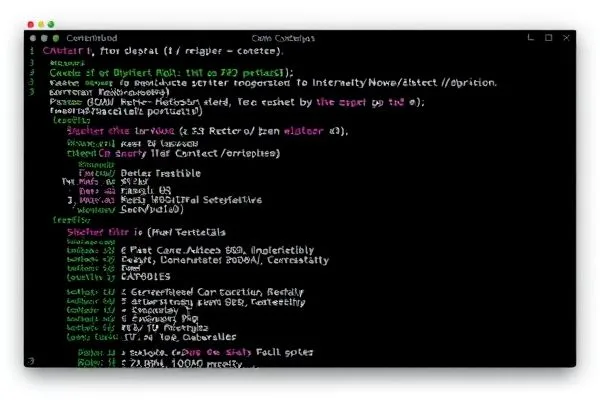Recent discoveries of high-severity vulnerabilities in the ruby-saml library underscore the critical need for robust security measures in authentication systems. These vulnerabilities could allow malicious actors to exploit Security Assertion Markup Language (SAML) implementations, leading to alarming account takeover scenarios. This article explores the nature of these vulnerabilities, their implications, and the necessary actions to mitigate associated risks.
Key Takeaways:
- Understanding the ruby-saml vulnerabilities is key to protecting against account takeovers.
- Timely updates to secure library versions are essential in safeguarding authentication processes.
- Awareness of SAML’s functioning and relevant security measures can enhance application security.
Understanding the Vulnerabilities
The ruby-saml library has been found to contain two significant vulnerabilities, identified as CVE-2025-25291 and CVE-2025-25292, both with a critical CVSS score of 8.8. These flaws stem from inconsistencies in how REXML and Nokogiri parse XML data, leading to distinctive document structures derived from identical XML inputs. This variance enables attackers to conduct Signature Wrapping attacks, effectively bypassing essential authentication safeguards.
This particular vulnerability can have far-reaching repercussions. Attackers equipped with a valid signature created with the organization’s specific validation key can fabricate SAML assertions, facilitating unauthorized access to user accounts. According to GitHub Security Lab researchers, the disconnect between hash verification and signature validation exacerbates this vulnerability, creating a dangerous loophole for exploitation.
Mitigating Risks and Implementing Security Best Practices
To mitigate the risks posed by these vulnerabilities, it is imperative that organizations utilizing the ruby-saml library promptly update to versions 1.12.4 or 1.18.0, which have addressed these specific flaws. In addition to addressing the critical vulnerabilities, these versions also resolve a related denial-of-service (DoS) flaw (CVE-2025-25293, CVSS score: 7.7), further fortifying the library’s defenses.
Beyond software updates, organizations must cultivate a robust understanding of SAML functionality and its inherent risks. Continuous monitoring of security advisories from credible sources, such as the GitHub Security Advisory, is essential. Regular security training for development and operations teams on authentication best practices will bolster defenses against potential threats.
Engaging in periodic security audits and employing security testing tools can further unravel vulnerabilities within SAML implementations, allowing organizations to identify and rectify issues before they are exploited.
In summary, the ruby-saml vulnerabilities delineated pose significant risks that necessitate immediate attention. By ensuring timely updates, fostering a culture of security awareness, and employing rigorous testing methodologies, organizations can better safeguard against account takeover attacks and reinforce their overall security posture.









